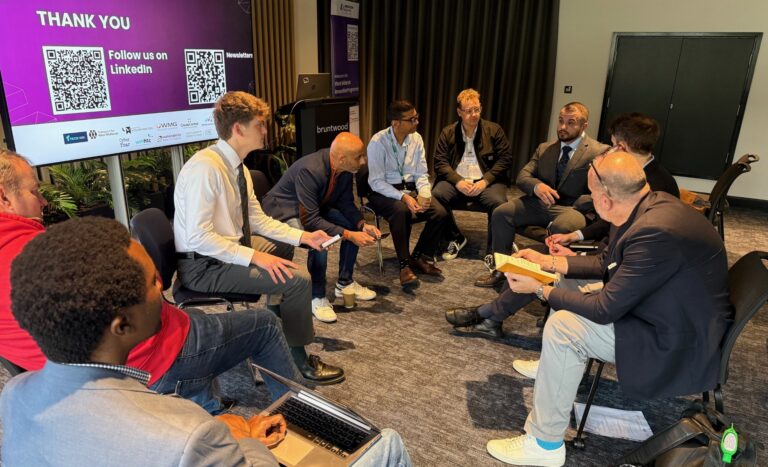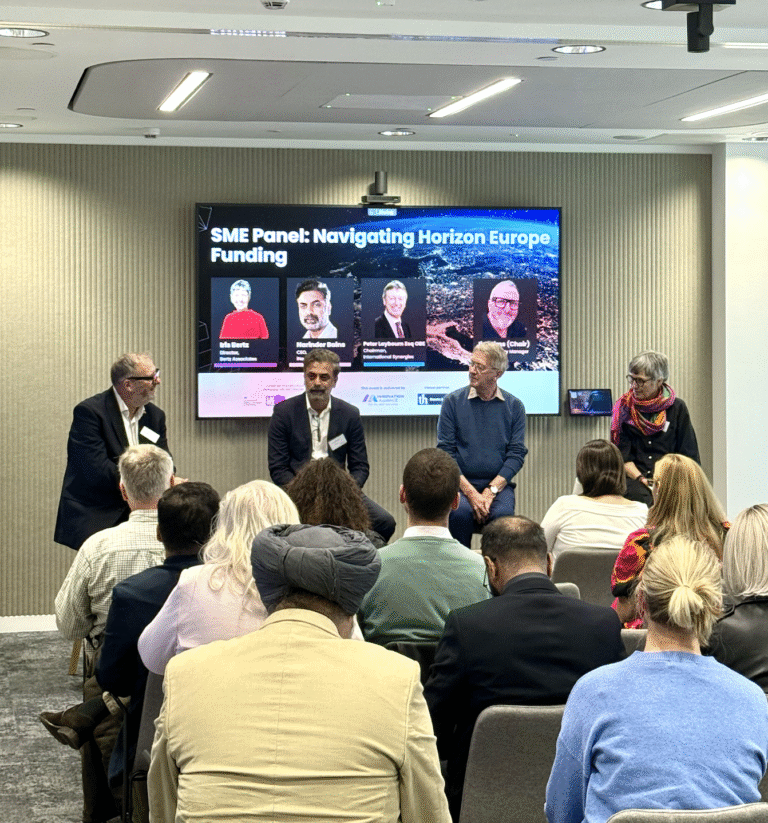I have just come back from an enjoyable and very informative few hours at University Hospitals Coventry and Warwickshire NHS Trust’s first Research Open Day. The event, held at University Hospital Coventry, was a chance for staff, patients and the general public to meet clinicians and R and D staff, and to see first-hand what happens in the world of R and D. The afternoon threw open the doors of a usually closed-to-the-public world, inviting us to witness numerous innovative technologies and techniques that are used in hospitals.
This was no leaflet-overloaded seminar nor was it a ‘death by powerpoint’ affair. Instead, it was buzzing and dynamic, with staff taking time out of their schedules to share their enthusiasm and interest in a show-and-tell way. There was an equal measure of passion for science AND commitment to meeting the needs of patients themselves. Such a mix of ingredients is so important in public engagement because they really help to humanise R and D.
The business of R and D is often thought of as cold and unfeeling, This is in some ways unsurprising, as to undergo a clinical trial a person submits their physical body to certain types of experimentation and intrusion. But then there is the very human end– the aim of improving the quality of life. It should also be the case that clinical R and D must be emphatic in assuring very human means, too- respecting the views, feelings and needs of the individuals who are generous enough to make this offering. UHC and W hit this nail on the head perfectly today.
I was taken to see both an oncology trials centre and a metabolics research lab (containing the Birmingham Science City-supported Human Metabolism Research Unit- more on this later). The staff were fantastic in showing me how the various technologies worked and explaining the relevance of their research to everyday health benefits. All of this left me feeling reassured that were I to sign up to be a clinical trial participant, I’d feel like a highly-valued contributor to an innovation journey rather than a homogenous lab rat amongst other lab rats.
The interactivity of the day really aided public understanding. I had a go at pipetting some blood into a test-tube (by the way, this was fake blood). I look rather content in the photo, but I was actually horrified by my lack of dexterity in getting so many bubbles into the fluid, which would explain why I do not work in a lab. But, still, I learned all about phlebotomy and the very many variations in clinical procedures for collecting blood for different types of trial.
I had a meeting with this young lady, by way of the ‘anatomy time trial’- in other words putting all of her organs in the right place against the clock and other competitors. I came second- next to the winner,who is a clinician- a small achievement of which I was slightly proud, but for the fact that I tried to insert her liver the wrong way up.
Next came the BodPod, a giant egg- a bit like the one in the film ‘Cocoon’. This device measures metabolic function. It allows clinicians and individual patients to learn about the best ways to balance nutrition, exercise and other lifestyle factors. It also allows research teams to monitor sets of volunteers’ reactions to changes in situations relating to many different conditions including diet and climate. Much as I wanted to, I did not climb in, as a swimsuit and a swim hat were prerequisites (in order to scan bodyshape). However, I did get to see the Human Metabolism Research Unit, of which BodPod comprises a part. Here I gained a good layperson’s understanding of HMRU’s relevance to the wider world and, by the end of the afternoon, a strong sense of how much hospitals like UHC are dedicated to not just treating us and helping us in our immediate ailments, but to responding to future bespoke and collective health needs.
All the best
Susannah Goh







